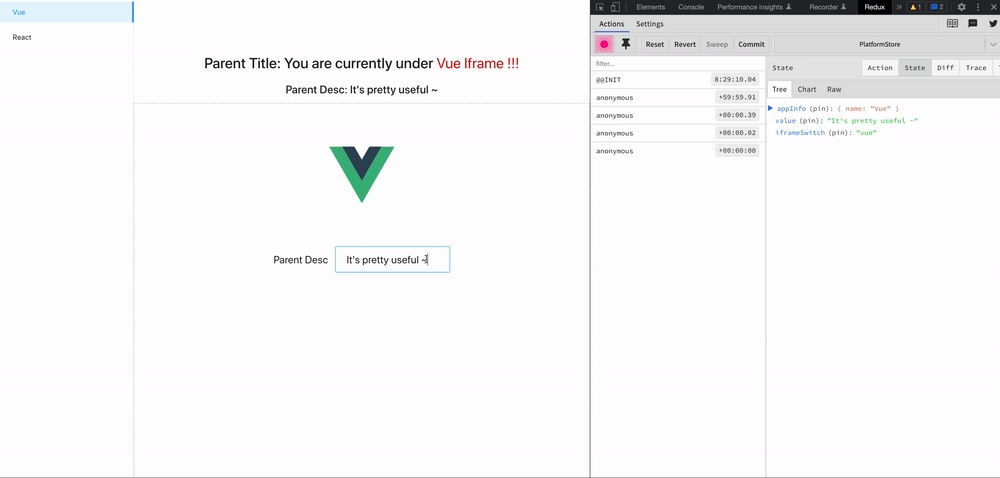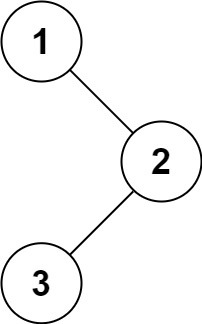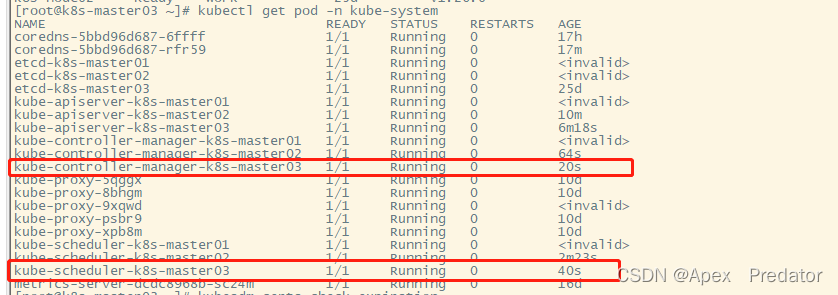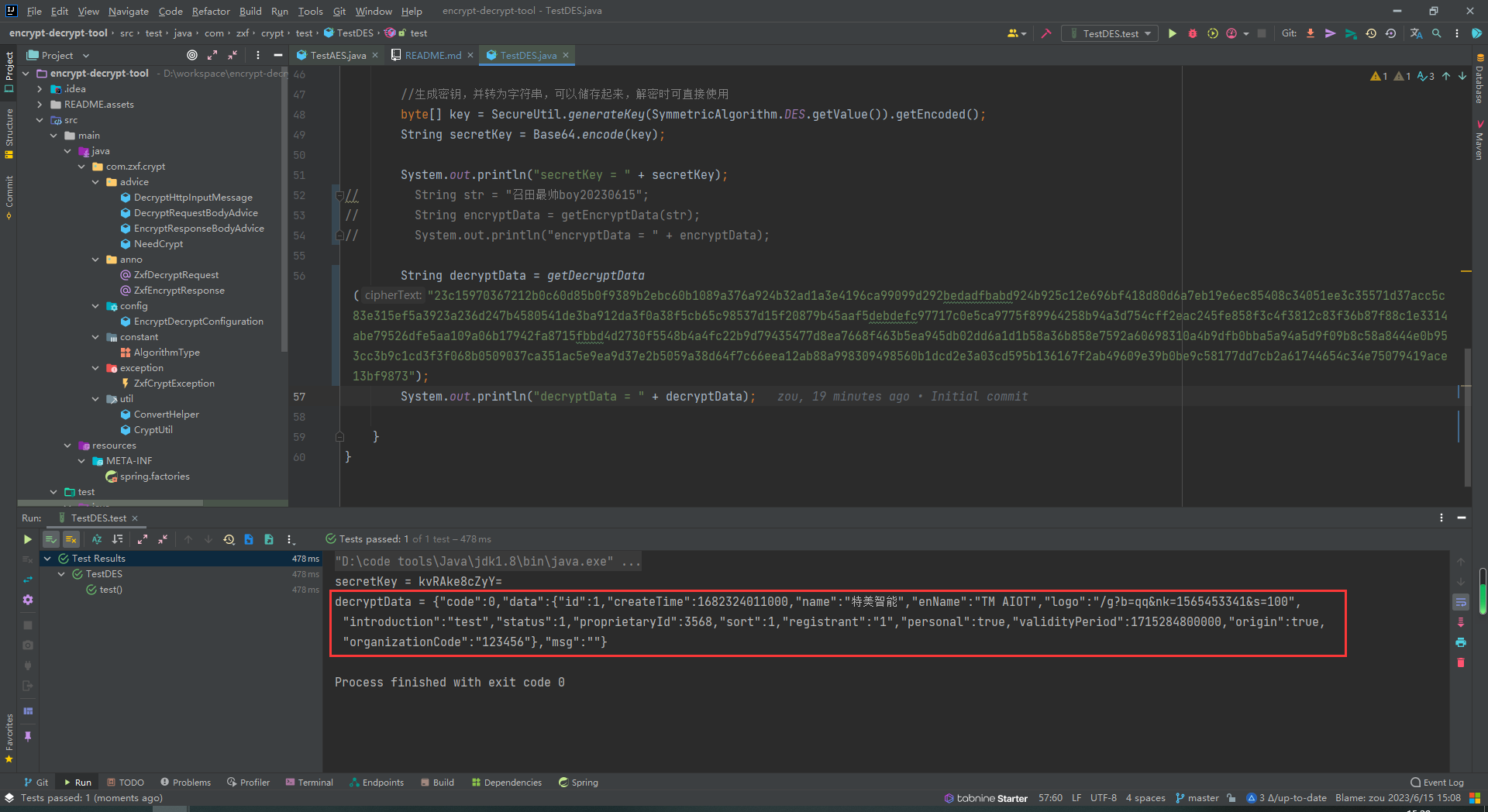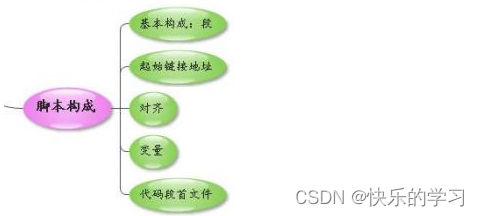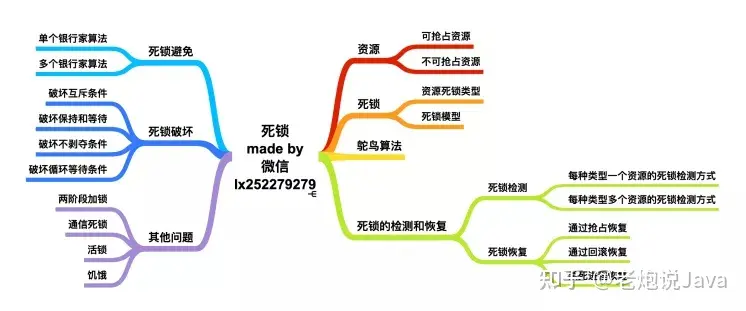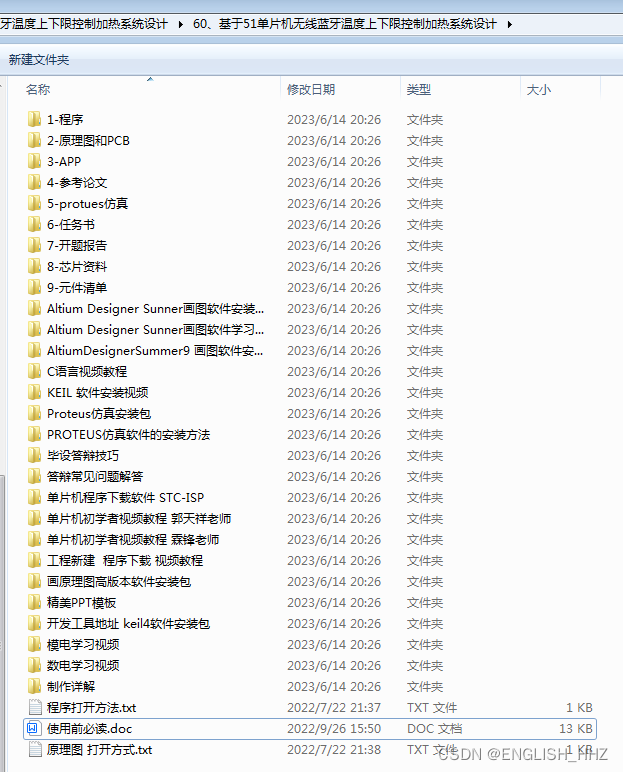前言
嗨喽,大家好呀~这里是爱看美女的茜茜呐

为了确保字符串按预期显示,我们可以使用 format() 方法对结果进行格式化。
字符串 format()
format() 方法允许您格式化字符串的选定部分。
有时文本的一部分是你无法控制的,也许它们来自数据库或用户输入?
要控制此类值,请在文本中添加占位符(花括号 {}),然后通过 format() 方法运行值:
实例
添加要显示价格的占位符:
price = 52
txt = "The price is {} dollars"
print(txt.format(price))
运行实例

👇 👇 👇 更多精彩机密、教程,尽在下方,赶紧点击了解吧~
素材、视频教程、完整代码、插件安装教程我都准备好了,直接在文末名片自取就可
你可以在花括号内添加参数以指定如何转换值
实例
将价格格式化为带有两位小数的数字:
txt = "The price is {:.2f} dollars"
运行实例
price = 52
txt = "The price is {:.2f} dollars"
print(txt.format(price))

查看字符串 format() 参考手册中的所有格式类型。
多个值
如需使用更多值,只需向 format() 方法添加更多值:
print(txt.format(price, itemno, count))
并添加更多占位符
实例
quantity = 3
itemno = 567
price = 52
myorder = "I want {} pieces of item number {} for {:.2f} dollars."
更多python源码、解答、教程皆+VX:pytho8987获取,记得验证备注“777”
print(myorder.format(quantity, itemno, price))
运行实例

索引号
您可以使用索引号(花括号 {0} 内的数字)来确保将值放在正确的占位符中:
实例
quantity = 3
itemno = 567
price = 52
myorder = "I want {0} pieces of item number {1} for {2:.2f} dollars."
print(myorder.format(quantity, itemno, price))
此外,如果要多次引用相同的值,请使用索引号:
实例
age = 63
name = "Bill"
txt = "His name is {1}. {1} is {0} years old."
print(txt.format(age, name))
运行实例

命名索引
您还可以通过在花括号 {carname} 中输入名称来使用命名索引,但是在传递参数值 txt.format(carname = “Ford”) 时,必须使用名称:
实例
myorder = "I have a {carname}, it is a {model}."
print(myorder.format(carname = "Porsche", model = "911"))
运行实例

尾语
感谢你观看我的文章呐~本次航班到这里就结束啦 🛬
希望本篇文章有对你带来帮助 🎉,有学习到一点知识~
躲起来的星星🍥也在努力发光,你也要努力加油(让我们一起努力叭)。




